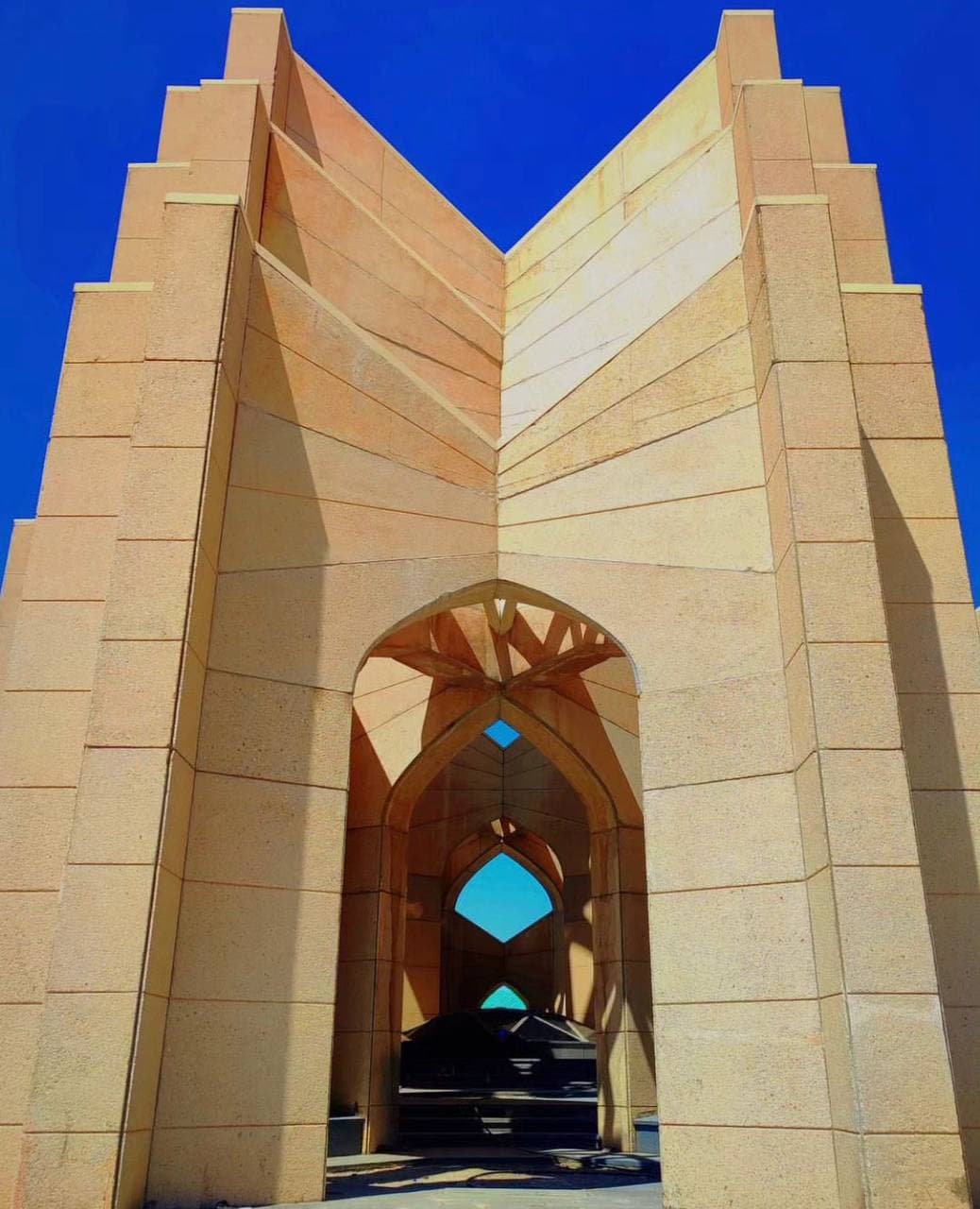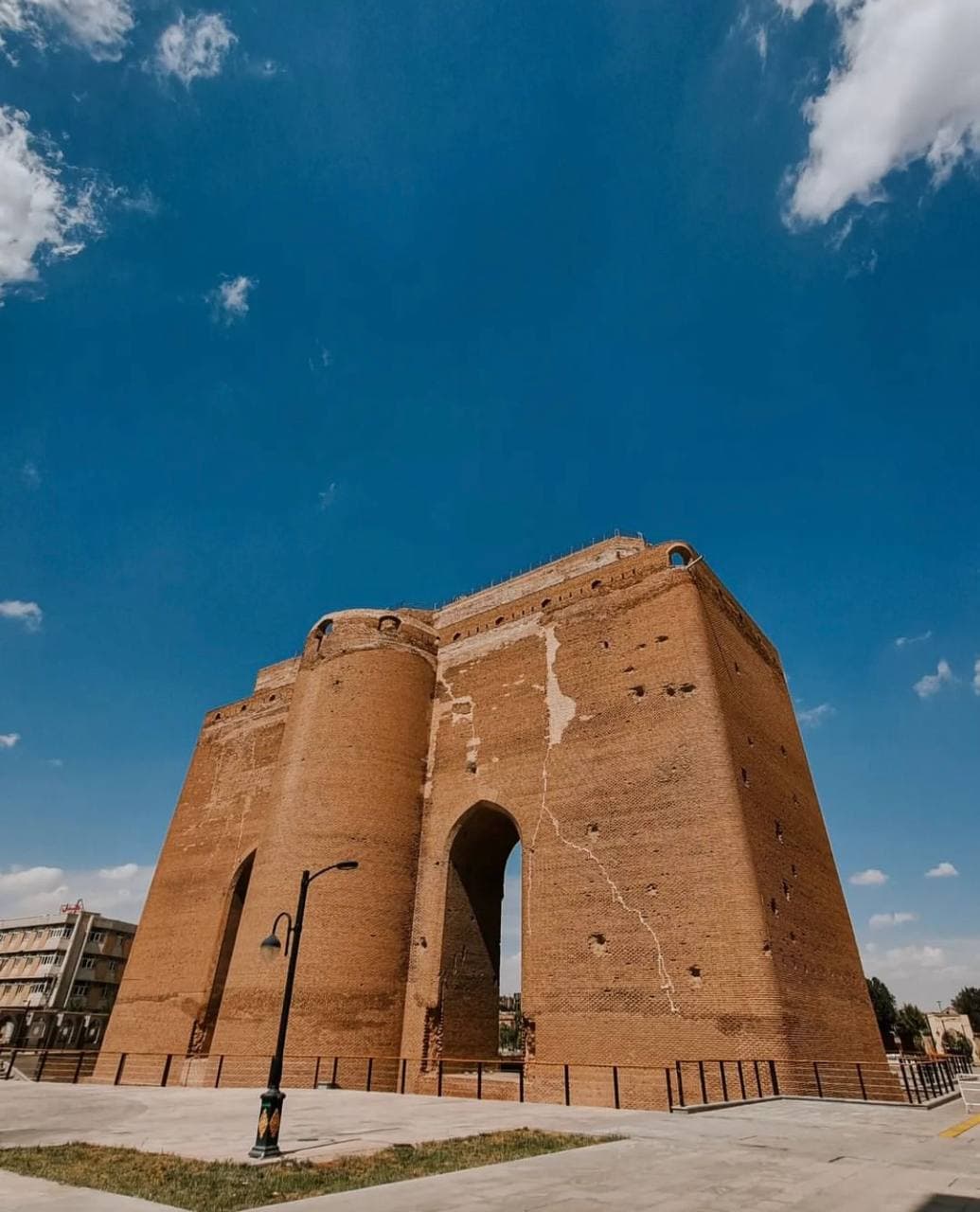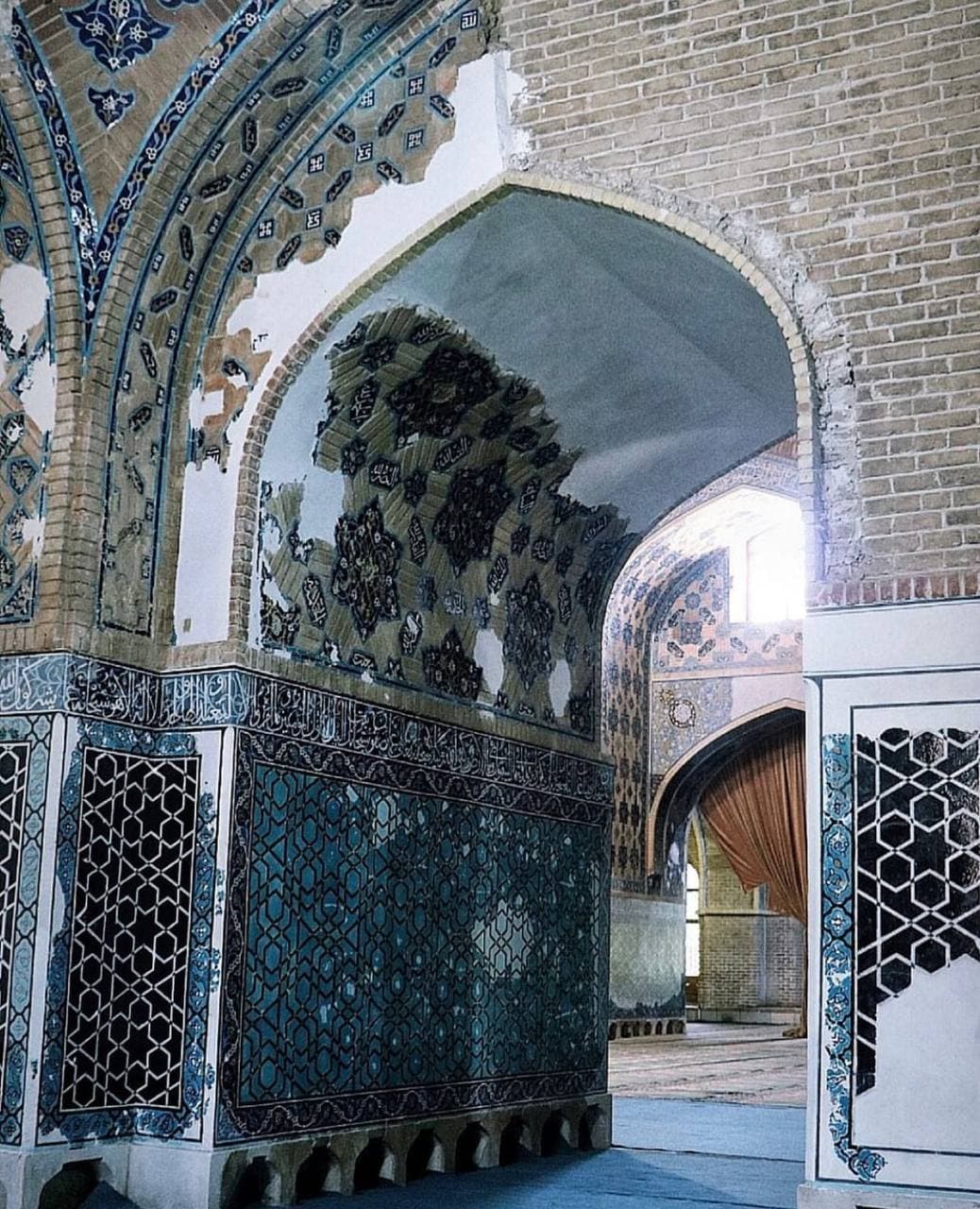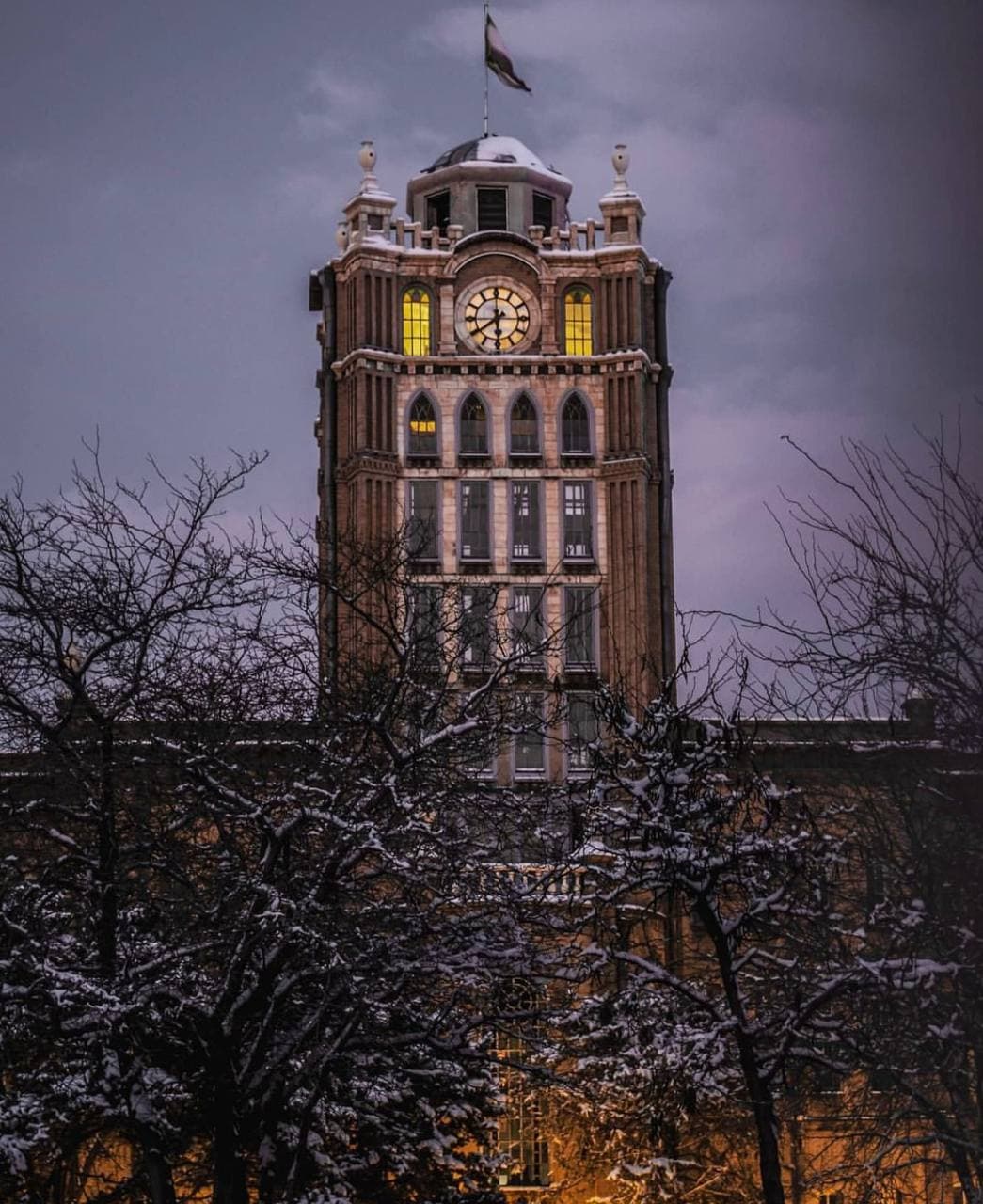Sights of Tabriz
Tabriz, a city with a long and storied history, offers a wide range of sights and attractions for visitors. Here are some of the notable sights to explore in Tabriz: Handicrafts of Tabriz city in Iran Tabriz is older than Isfahan Sights of Tabriz .carpet design

- Tabriz Historic Bazaar Complex (UNESCO World Heritage Site): Tabriz\’s historic bazaar is one of the most significant and well-preserved bazaars in the world. It\’s a maze of covered alleys, shops, caravanserais, and mosques. You can find everything from spices and textiles to carpets and handicrafts. The Amir Bazaar and the Iron Bazaar are particularly noteworthy sections.
- Tabriz Historic Houses: The city has several beautifully restored historic houses that provide insights into traditional Persian architecture and lifestyle. Examples include the Mozaffariyeh Mansion and the Constitution House of Tabriz, which played a role in the Iranian Constitutional Revolution. carpet
- Blue Mosque (Masjed-e Kabud): Also known as the Blue Mosque, this 15th-century mosque is famous for its stunning blue tilework and intricate architectural details. It is a masterpiece of Persian-Islamic architecture.
- Tabriz Historic Cemeteries: The city is home to several historic cemeteries with elaborate tombstones and mausoleums, including the Behnam House of the Dead and the Cemetery of Poets and Mystics.
- Tabriz Clock Tower: The Tabriz Clock Tower is a modern landmark in the city, offering panoramic views from its observation deck. It is especially beautiful when lit up at night. Handicrafts of Tabriz city in Iran Tabriz is older than Isfahan Sights of Tabriz
- Azerbaijan Museum: This museum houses a diverse collection of artifacts and exhibits that showcase the history, culture, and art of the region, including archaeological finds and traditional crafts.
- Kandovan Village: Located about an hour’s drive from Tabriz, Kandovan is a unique village known for its rock houses. The houses are carved into volcanic rocks, resembling beehives. It’s a UNESCO-recognized site and a fascinating day trip from Tabriz.
- El Goli Park: This large park in Tabriz is a popular spot for relaxation and picnics. It features a large artificial lake with pedal boats, gardens, and the El Goli Pavilion.
- Tabriz Carpet Museum: Given Tabriz’s reputation for producing high-quality carpets and rugs, a visit to the Carpet Museum is a must. You can admire exquisite Persian rugs and learn about the art of carpet weaving.
- Tabriz Modern Art Museum: This museum showcases contemporary Iranian art and hosts rotating exhibitions of works by local and international artists.
- Shahriar Park: Another beautiful park in Tabriz, Shahriar Park is an ideal place for leisurely walks and enjoying the greenery.
- Sa\’at Tower (Clock Tower): An iconic clock tower in Tabriz, Sa\’at Tower is known for its unique architecture and serves as a prominent city landmark. Handicrafts of Tabriz city in Iran Tabriz is older than Isfahan Sights of Tabriz inlaid work

These are just a few of the many sights and attractions that Tabriz has to offer. The city’s blend of history, culture, and modernity makes it a captivating destination for travelers interested in exploring the treasures of northwest Iran.
Click to buy a silk carpet combining machine and handwork machine carpets.
Tabriz is older than Isfahan
Tabriz and Isfahan are both ancient cities in Iran with rich histories, but the exact dates of their founding are not definitively known, and historical records can vary. The antiquity of these cities can be attributed to their strategic locations along trade routes and their roles in various empires and civilizations throughout history. Handicrafts of Tabriz city in Iran Tabriz is older than Isfahan Sights of Tabriz Handicrafts
Tabriz is often considered one of the oldest continuously inhabited cities in Iran. It has a history dating back thousands of years and has been inhabited since ancient times. Some archaeological evidence suggests that it was settled as far back as the Iron Age. Tabriz\’s history is closely tied to the rise and fall of various empires, including the Medes, Achaemenids, Seleucids, and later the Ilkhanate and Safavid periods. filigree
Isfahan, on the other hand, is also an ancient city with a history dating back to antiquity. It is known for its role in the Persian Empire and the Silk Road trade route. While the exact founding date of Isfahan is similarly uncertain, it is undoubtedly an ancient city with a rich cultural heritage. Handicrafts of Tabriz city in Iran Tabriz is older than Isfahan Sights of Tabriz handmade carpet

Both Tabriz and Isfahan have played significant roles in Iran\’s history and have been centers of culture, trade, and political power at different points in time. The comparison of their respective ages can be complex due to the evolving nature of historical research and the incomplete historical records of ancient civilizations. Nonetheless, both cities are celebrated for their historical significance and contributions to Iranian culture. silk carpet
Handicrafts of Tabriz city in Iran Sights of Tabriz
Tabriz, Iran’s historic city, is renowned for its rich cultural heritage and a variety of traditional handicrafts that reflect the city’s artistic traditions and craftsmanship. Here are some of the prominent handicrafts of Tabriz: Handicrafts of Tabriz city in Iran Tabriz is older than Isfahan Sights of Tabriz

- Tabriz Carpets and Rugs: Tabriz is world-famous for its exquisite handwoven carpets and rugs. These Persian carpets are known for their intricate designs, fine craftsmanship, and use of high-quality materials like silk and wool. Tabriz carpets often feature floral patterns, medallions, and rich color palettes. silk carpet
- Kilims: Kilims are flat-woven textiles that are an integral part of Iranian culture. In Tabriz, you can find finely woven kilims with geometric patterns and vibrant colors. They are used as floor coverings, wall hangings, and decorative items.
- Engraved Copper and Brassware: Tabriz artisans are skilled in crafting copper and brass items, including trays, plates, vases, and teapots. These items are often intricately engraved with traditional Persian motifs and designs.
- Miniature Paintings: Miniature painting is a traditional Persian art form, and Tabriz is home to talented miniature painters. These small-scale paintings often depict scenes from Persian literature, history, and mythology.
- Woodwork: Wood carving is another traditional craft in Tabriz. Skilled woodworkers create intricate designs on furniture, doors, and decorative items. These pieces are often adorned with geometric patterns and floral motifs.
- Pottery and Ceramics: Tabriz has a long history of producing pottery and ceramics. Artisans create both functional and decorative ceramics, including tiles, dishes, and decorative objects. Blue and turquoise glazes are commonly used. Handicrafts of Tabriz city in Iran Tabriz is older than Isfahan Sights of Tabriz
- Leatherwork: Tabriz craftsmen are known for their leatherwork, including intricately tooled leather goods such as bags, belts, and wallets. The city’s leatherwork often features traditional Persian patterns.
- Termeh: Termeh is a luxurious handwoven textile made from silk and wool threads. Tabriz produces high-quality termeh with intricate patterns and designs. It is used for making tablecloths, scarves, and other decorative items.
- Needlework and Embroidery: Traditional needlework and embroidery, known as \”soozani\” in Persian, is practiced in Tabriz. Artisans create embroidered textiles, pillowcases, and wall hangings with intricate designs.
- Copper and Silver Jewelry: Tabriz is known for its fine jewelry craftsmanship. Silver and copper jewelry often feature traditional Persian designs and gemstone inlays. Filigree work and engraved jewelry are popular styles. Carpet
- Ghalamkari (Block Printing): Ghalamkari is a traditional textile printing technique. Artisans in Tabriz create intricate patterns on fabrics using wooden blocks and natural dyes. These textiles are used for tablecloths, curtains, and clothing.
- Pottery Inlay: Another notable ceramic tradition in Tabriz is pottery inlay, where colored patterns and designs are inlaid into pottery or tiles. This technique produces stunning decorative pieces.

Visiting Tabri’s traditional bazaars and artisan workshops is an excellent way to experience the city’s vibrant handicraft scene and take home beautifully crafted souvenirs that showcase the city’s cultural richness. Handicrafts of Tabriz city in Iran Tabriz is older than Isfahan Sights of Tabriz
